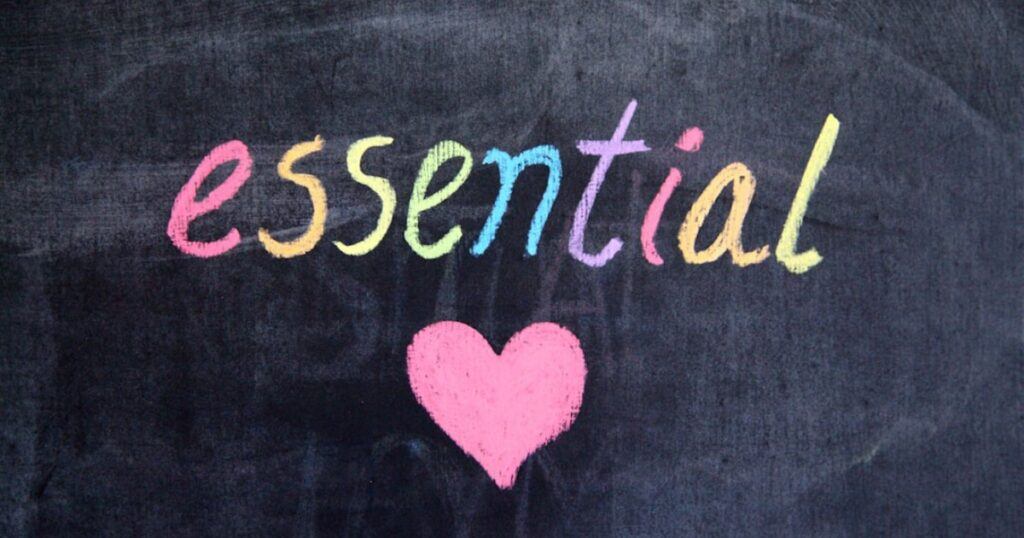Ever found yourself endlessly scrolling without even knowing what you’re looking for? That was my life, pretty much every day. I realized my screen time was taking over when my mornings began with checking emails while still in bed, evenings were swallowed by social media rabbit holes, and nights ended with YouTube videos instead of sleep. It felt like I was losing touch with what really mattered and becoming a zombie slave to my devices.
One day, sitting with stacks of tasks undone and watching another hour slip by on my phone, it hit me. The constant buzzing of notifications, the allure of the next viral video – these weren’t just minor nuisances. These were full-blown sabotage missions on my focus. And let’s face it, it’s not just me. Digitally-induced scatterbrains are becoming the norm, with studies showing our attention spans are shrinking by the day.
I was getting frustrated, losing my sense of control, and just feeling flat-out overwhelmed. Not just missing deadlines or struggling with long reads, but conversations started sounding like white noise. I noticed emotional burnout setting in because staying plugged into the digital world around the clock left me feeling like I was always on alert, tethered to an endless stream of information.
Like a puzzle missing a bunch of pieces, my mind felt all over the place. But recognizing that I had a problem was the first step. If you’re nodding along, thinking this sounds familiar, you’re definitely not alone. By understanding how these distractions are getting the better of us, we can start working on reclaiming our focus, one small victory at a time.

Creating Your Personal Focus Sanctuary
Getting work done while surrounded by distractions was like swimming against the tide for me. So, I decided to shake things up, starting with my workspace. The clutter was the first to go, with sticky notes and old coffee mugs finding their way into the trash. I shifted my desk so the view outside was just sky and treetops, rather than the hustle and bustle of daily life. It was little things like these that slowly turned my space from chaotic to calm.
Mindfulness sounded all sorts of mystical and beyond my reach at first. But trying out simple breathing exercises and taking moments each day for guided meditation worked wonders. Focusing on my breath for just ten minutes each morning gradually became this anchor that helped me reset and prepare for the day. Suddenly, my head was clearer, and my ability to concentrate skyrocketed.
And then came the daily habits. Building a routine didn’t happen overnight, but I started to make small tweaks. I set blocks of time where I wouldn’t touch my phone, relied on timers to keep me grounded in work, and slowly but surely, these became second nature. Each small commitment made a big difference, compounding into a significant boost in my productivity and mental clarity.
Another game-changer was integrating nature into my daily routine. Stepping away and taking a stroll in the park or just sitting in the backyard didn’t just provide fresh air, but a fresh perspective. It was like hitting the refresh button on my mind. These breaks in nature made it easier to dive back into tasks with renewed focus and energy. Bringing a piece of the outside in, like a small indoor plant, added a little tranquility to my workstation as well.
We all need our personal focus sanctuaries, places that help drown out the noise so we can zero in on what we need to do. Creating that space is a personal journey, a chance to find what uniquely helps us thrive beyond the haze of distraction.
Harnessing Technology for Better Focus
Tech isn’t the enemy; it’s how we use it that matters. I figured if I’m spending all this time on my devices, why not make them work for me? So, I scoured the app stores and found a couple of gems that became my productivity partners. Apps like Focus@Will and Freedom helped create a sound environment and block distractions. It was like having a personal assistant cutting out the chaos.
Managing notifications was tricky at first. I’m used to being instantly reachable, but the constant pings were no different than someone hovering beside me, interrupting every five minutes. I started by prioritizing what’s trivial and what’s crucial. Muting non-essentials and setting specific times for checking messages worked wonders. My phone was no longer the boss of me.
Developing a digital detox went from a weekend challenge to something I looked forward to regularly. Scheduling tech-free hours in my day was refreshing. With less screen time, I found more moments of creativity and lengthy, undisturbed stretches to concentrate. Cutting down online triggers wasn’t as scary as it seemed; it actually felt freeing.
Finding balance between being connected and enjoying solitude became key. I’ve learned that it’s about setting smart boundaries. Being online all the time isn’t realistic, and neither is unplugging completely, so I found a sweet spot that works for me. Embracing pockets of solitude without feeling guilty for not keeping up with the endless streams brought in a sense of calm, reducing the digital burden I carried around.



This article is so on point! Staying focused in today’s world feels harder than ever with all the distractions around. I love the practical tips you shared, especially breaking tasks into smaller chunks and setting clear goals. The advice about minimizing digital distractions hit home for me; I definitely need to set boundaries with my phone! Thanks for sharing these techniques, it’s a great reminder to be intentional with our time and energy.
Hey, again, Randy,
These are the things that I live by, not just to tell others to do, but learning and practicing them myself, until they become second nature to me. As I respond to this comment, I just wake up from a planned and deliberate sleep, just to refresh and stay away from phone and laptop. I am now fresh.
Glad you found these tips helpful, personally. Please share them with others in your reach through social media or link them to your blog posts if you have any. I’ll deeply appreciate it.
John